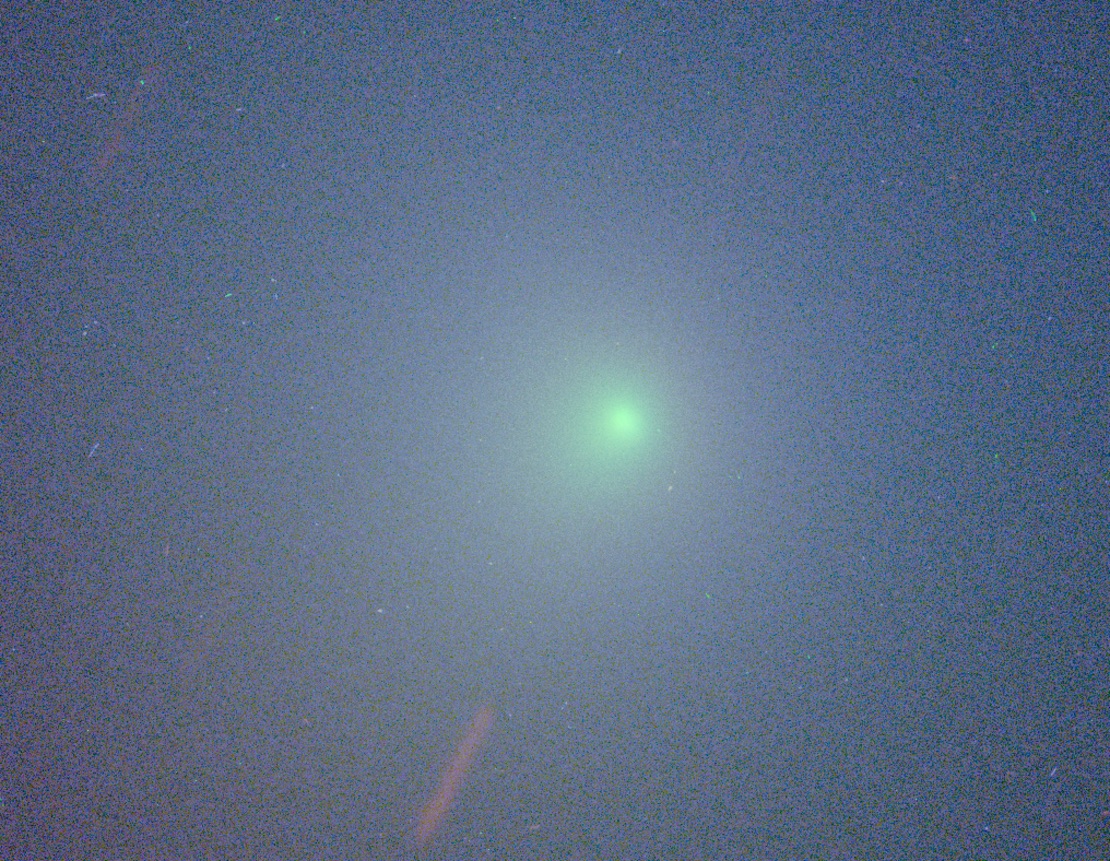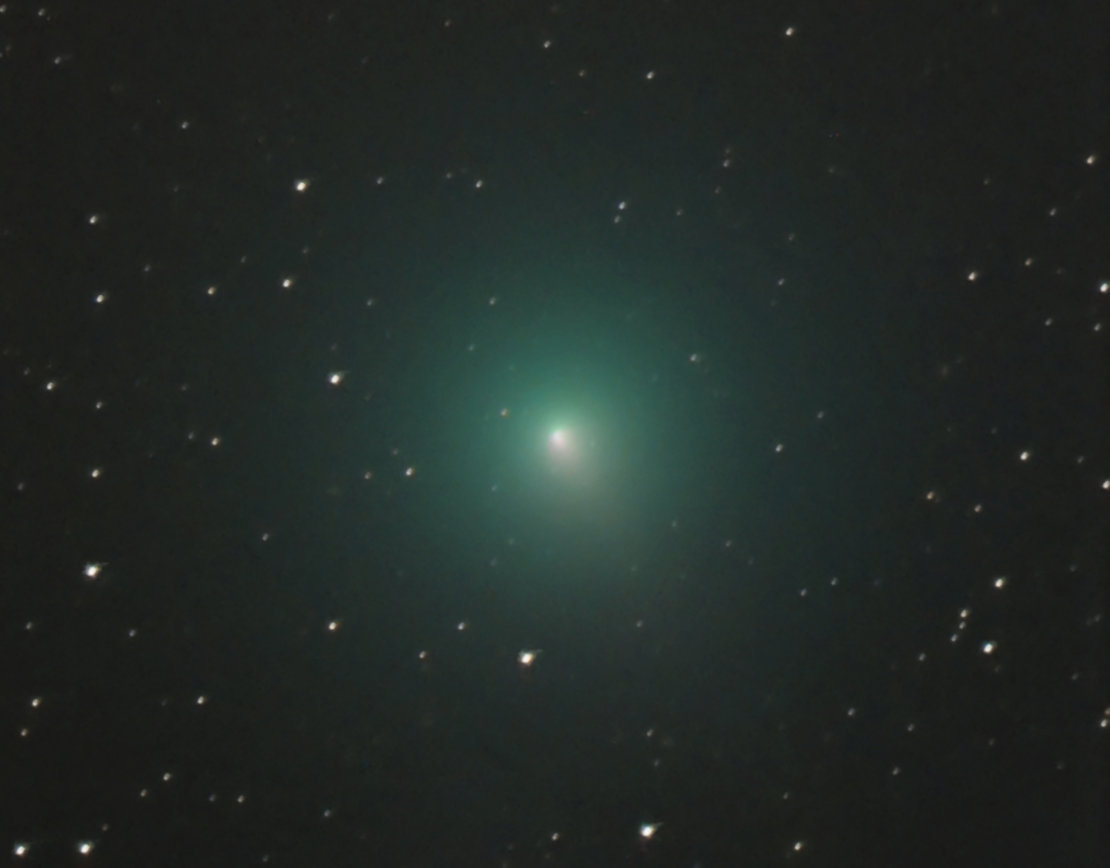That Eerie Green Comet Visible in the Night Sky Now? We Almost Sent a Probe There.
If you were lucky enough to catch a glimpse of the bright green December visitor known as Comet 46P/Wirtanen this weekend as it made its closest approach, you are just a tiny bit luckier than the Rosetta spacecraft.
Run by the European Space Agency (ESA), that probe ended up visiting the rubber-ducky-shaped Comet 67P/Churyumov-Gerasimenko during a mission that ended in September 2016. But the spacecraft's original target was 46P/Wirtanen, until a launch delay derailed that plan, forcing scientists to choose a new destination.

"It turned out that a mission to Comet 46P/Wirtanen with launch in early 2003 would be one of the best opportunities," Gerhard Schwehm, ESA's Rosetta project scientist, said in a statement. But that was no longer the case for a launch in 2004, after the delay. "The rest, as they say, is history, but because of the original choice, Comet 46P remains one of the best-observed comets to date." [Amazing Photos: Brilliant Comet 46P/Wirtanen Wows Stargazers]
Comet 46P/Wirtanen was Rosetta's target from the 1990s until 2003, which meant scientists spent years and years observing the object from the ground in preparation for launch. The knowledge they gathered didn't evaporate when the mission adjusted its target, of course, and neither did some scientists' connection to the greenish glow of that comet.

"We had to say goodbye to 46P for Rosetta, but the comet was for so many years at the core of my professional life. So, it is very emotional that I might have a chance to see it directly with my own eyes," Schwehm said.
Although the Rosetta mission successfully reached its new target and learned plenty about 67P/Churyumov-Gerasimenko, the connection to and curiosity about 46P/Wirtanen have remained. That's why the object's exceptionally close approach this year, when the comet passed by at just 30 times the distance from Earth to the moon, was particularly compelling.

It's not the same as sending a mission, of course, but that sort of distance still makes the comet a practical target for a wide range of telescopes. So, scientists could take a more detailed look than is typically feasible from the ground. In particular, they hope these observations could help pin down the structure of the comet and the fuzzy coma surrounding it.
Get the Space.com Newsletter
Breaking space news, the latest updates on rocket launches, skywatching events and more!
And the occurrence of this close approach may also still support the Rosetta mission, because it served as a trial run for ground-based techniques scientists can use when 67P/Churyumov-Gerasimenko makes its own close approach, in 2021.
Email Meghan Bartels at mbartels@space.com or follow her @meghanbartels. Follow us @Spacedotcom and Facebook. Original article on Space.com.
Join our Space Forums to keep talking space on the latest missions, night sky and more! And if you have a news tip, correction or comment, let us know at: community@space.com.

Meghan is a senior writer at Space.com and has more than five years' experience as a science journalist based in New York City. She joined Space.com in July 2018, with previous writing published in outlets including Newsweek and Audubon. Meghan earned an MA in science journalism from New York University and a BA in classics from Georgetown University, and in her free time she enjoys reading and visiting museums. Follow her on Twitter at @meghanbartels.









